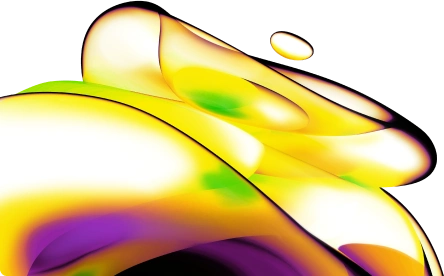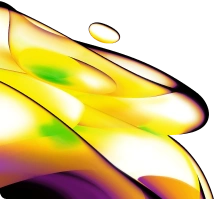

AlphaLISA SureFire Ultra Human Total CDK6 Detection Kit, 500 Assay Points
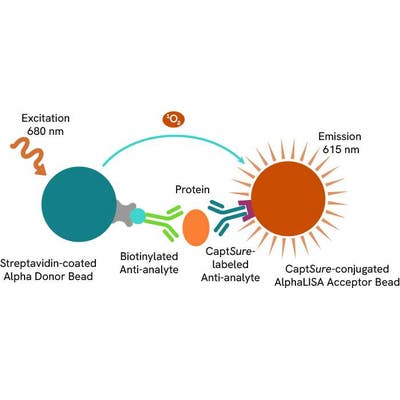

 View All
View All
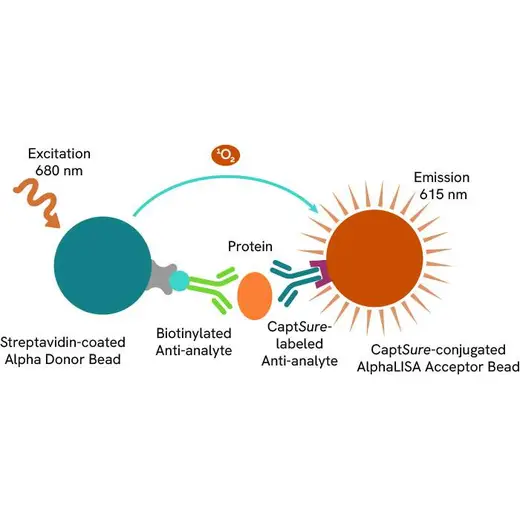




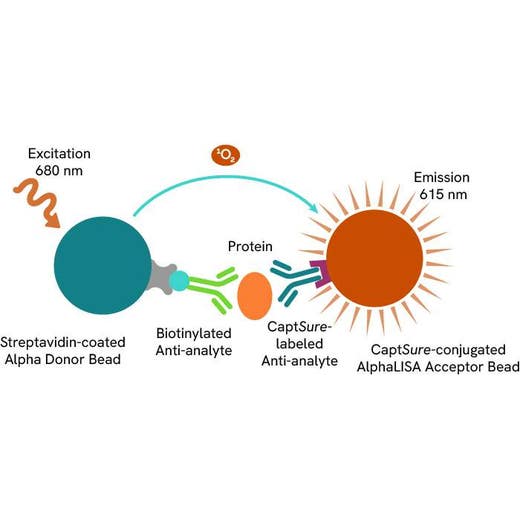




| Feature | Specification |
|---|---|
| Application | Cell Signaling |
| Sample Volume | 10 µL |















Product information
Overview
Cyclin-dependent kinase 6 (CDK6) is a member of the subfamily of CDKs that coordinate cell cycle progression in mammalian cells. Mitogenic signals, such as growth factors, trigger cells to enter the G1 phase of the cell cycle by inducing Cyclin D synthesis. Cyclin D then interacts with CDK4 and CDK6 to form active complexes. Both activated kinases are then able to mono-phosphorylate the tumor suppressor RB (protein of retinoblastoma), which still binds to transcription factor E2F, but some genes can be transcribed, such as Cyclin E. CDK6 is overexpressed in many cancers such as lymphoma, leukemia, glioblastoma, bladder, pancreas, and prostate.
The AlphaLISA SureFire Human Total CDK6 Detection Kit is a sandwich immunoassay for the quantitative detection of total CDK6 in cellular lysates, using Alpha technology.
Formats
- The HV (high volume) kit contains reagents to run 100 wells in 96-well format, using a 60 μL reaction volume.
- The 500-point kit contains enough reagents to run 500 wells in 384-well format, using a 20 μL reaction volume.
- The 10,000-point kit contains enough reagents to run 10,000 wells in 384-well format, using a 20 μL reaction volume.
- The 50,000-point kit contains enough reagents to run 50,000 wells in 384-well format, using a 20 μL reaction volume.
AlphaLISA SureFire Ultra kits are compatible with
- Cell and tissue lysates
- Antibody modulators
- Biotherapeutic antibodies
Alpha SureFire kits can be used for
- Cellular kinase assays
- Receptor activation studies
- Screening
How it works
Total-AlphaLISA SureFire Ultra assay principle
The Total-AlphaLISA SureFire Ultra assay measures the expression level of a protein target in a cell lysate.
The Total-AlphaLISA SureFire Ultra assay uses two antibodies which recognize two different distal epitopes on the targeted protein. AlphaLISA assays require two bead types: Acceptor and Donor beads. Acceptor beads are coated with a proprietary CaptSure™ agent to specifically immobilize the assay specific antibody, labeled with a CaptSure tag. Donor beads are coated with streptavidin to capture one of the detection antibodies, which is biotinylated. In the presence of targeted protein, the two antibodies bring the Donor and Acceptor beads in close proximity whereby the singlet oxygen transfers energy to excite the Acceptor bead, allowing the generation of a luminescent Alpha signal. The amount of light emission is directly proportional to the quantity of protein present in the sample.

Total-AlphaLISA SureFire Ultra two-plate assay protocol
The two-plate protocol involves culturing and treating the cells in a 96-well plate before lysis, then transferring lysates into a 384-well OptiPlate™ plate before the addition of Total-AlphaLISA SureFire Ultra detection reagents. This protocol permits the cells viability and confluence to be monitored. In addition, lysates from a single well can be used to measure multiple targets.
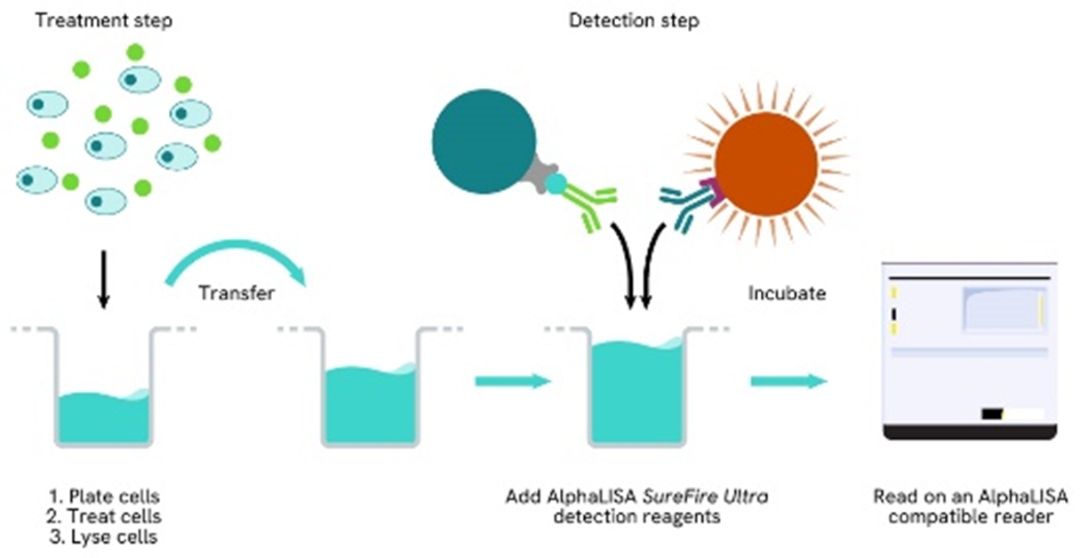
Total-AlphaLISA SureFire Ultra one-plate assay protocol
Detection of Total target protein with AlphaLISA SureFire Ultra reagents can be performed in a single plate used for culturing, treatment, and lysis. No washing steps are required. This HTS designed protocol allows for miniaturization while maintaining AlphaLISA SureFire Ultra quality.
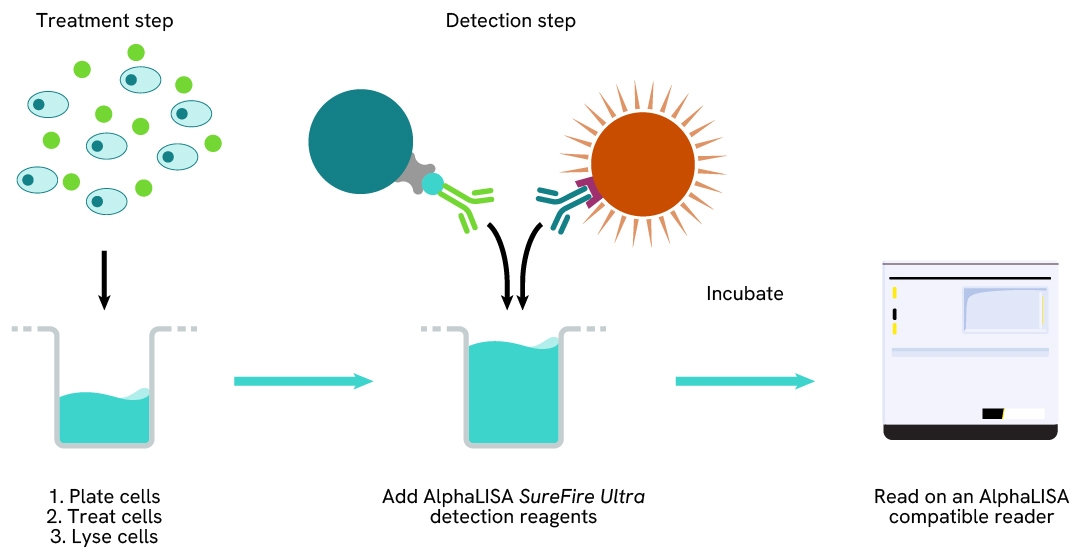
Assay validation
Upregulation of CDK6 expression in MCF7 cells treated with NRG1
MCF7 cells were seeded in a 96-well plate (40,000 cells/well) in complete medium, and incubated overnight at 37°C, 5% CO2. The cells were pretreated with 20 µM Wortmannin for 3 hours prior to treatment with increasing concentrations of Neuregulin1 (NRG1) for 24 hours. All treatments were performed in serum-free media.
After treatment, the cells were lysed with 100 µL of Lysis Buffer for 10 minutes at RT with shaking at 350 rpm. CDK4 and CDK6 levels were evaluated using respective AlphaLISA SureFire Ultra assays. For the detection step, 10 µL of cell lysate (approximately 4,000 cells) was transferred into a 384-well white OptiPlate, followed by 5 µL of Acceptor mix and incubated for 1 hour at RT. Finally, 5 µL of Donor mix was then added to each well and incubated for 1 hour at RT in the dark. The plate was read on an Envision using standard AlphaLISA settings.
As expected, NRG1 induced a dose-dependent increase of CDK6.
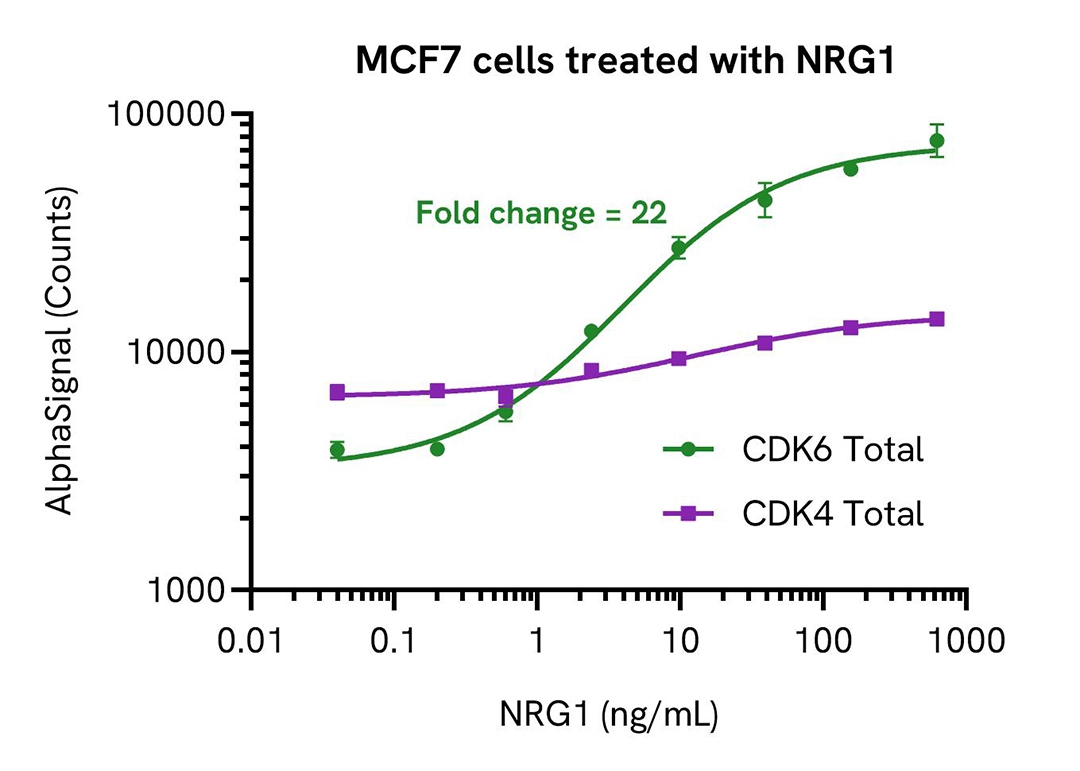
CDK6 degradation in PROTAC treated cells
MCF7 cells were seeded in a 96-well plate (40,000 cells/well) in complete medium, and incubated overnight at 37°C, 5% CO2. The cells were treated with increasing concentrations of BSJ-03-123 or BSJ-03-204 for 24 hours.
After treatment, the cells were lysed with 50 µL (for CDK6 analysis) or 200 µL of Lysis Buffer for 10 minutes at RT with shaking at 350 rpm. CDK6, CDK4 and Cyclin D1 Total levels were evaluated using respective AlphaLISA SureFire Ultra assays. For the detection step, 10 µL of cell lysate (approximately 8,000 cells for CDK6 and 2,000 cells for CDK4 and Cyclin D1) was transferred into a 384-well white OptiPlate, followed by 5 µL of Acceptor mix and incubated for 1 hour at RT. Finally, 5 µL of Donor mix was then added to each well and incubated for 1 hour at RT in the dark. The plate was read on an Envision using standard AlphaLISA settings.
Both PROTAC compounds induced a dose-dependent degradation of CDK6 and CDK4 levels, whilst Cyclin D1 levels were unchanged.

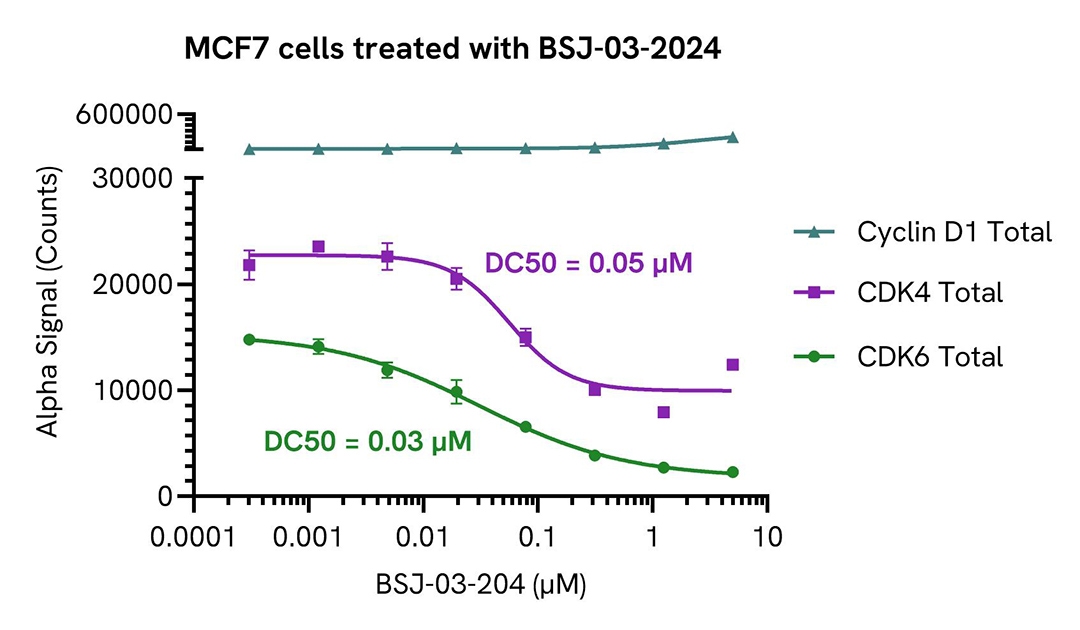
Assay versatility
CDK6 expression in various cell lines
Adherent cells were seeded at 50,000 cells/well in a 96-well culture plate in complete medium and incubated overnight at 37°C, 5% CO2. Cells were lysed with 100 µL of Lysis Buffer.
Suspension cells were seeded at 50,000 cells/well in a 96-well culture plate in HBSS + 0.1% BSA and lysed with 100 µL of Lysis Buffer. CDK6 Total levels were evaluated using the AlphaLISA SureFire Ultra assay. For the detection step, 10 µL of cell lysate (approximately 5,000 cells) were transferred into a 384-well white OptiPlate, followed by 5 µL of Acceptor Mix and incubated for 1 hour at RT. Finally, 5 µL of Donor Mix was then added to each well and incubated for 1 hour at RT in the dark. The plate was read on an Envision using standard AlphaLISA settings.
CDK6 is expressed across a wide range of human cell types.
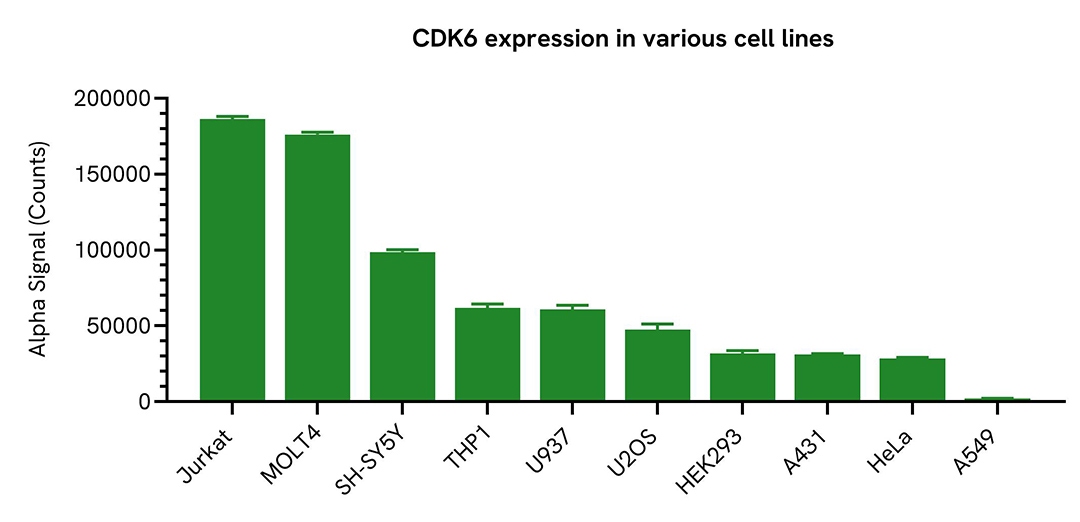
Specifications
| Application |
Cell Signaling
|
|---|---|
| Automation Compatible |
Yes
|
| Brand |
AlphaLISA SureFire Ultra
|
| Detection Modality |
Alpha
|
| Lysis Buffer Compatibility |
Lysis Buffer
|
| Molecular Modification |
Total
|
| Product Group |
Kit
|
| Sample Volume |
10 µL
|
| Shipping Conditions |
Shipped in Blue Ice
|
| Target |
CDK6
|
| Target Class |
Phosphoproteins
|
| Target Species |
Human
|
| Technology |
Alpha
|
| Therapeutic Area |
Oncology
|
| Unit Size |
500 assay points
|
Video gallery









Resources
Are you looking for resources, click on the resource type to explore further.
This guide outlines further possible optimization of cellular and immunoassay parameters to ensure the best possible results are...
The definitive guide for setting up a successful AlphaLISA SureFire Ultra assay
Several biological processes are regulated by...
Discover Alpha SureFire® Ultra™ assays, the no-wash cellular kinase assays leveraging Revvity's exclusive bead-based technology...
The measurement of protein phosphorylation is a useful tool for measuring the modulation of receptor activation by both antibodies...
The cell cycle is tightly regulated by key proteins like Cyclin D1, which forms complexes to initiate progression through phases...
This document includes detailed tables listing HTRF™, AlphaLISA™ SureFire® Ultra™, and Alpha SureFire® Ultra™ Multiplex assays...


Loading...
How can we help you?
We are here to answer your questions.
